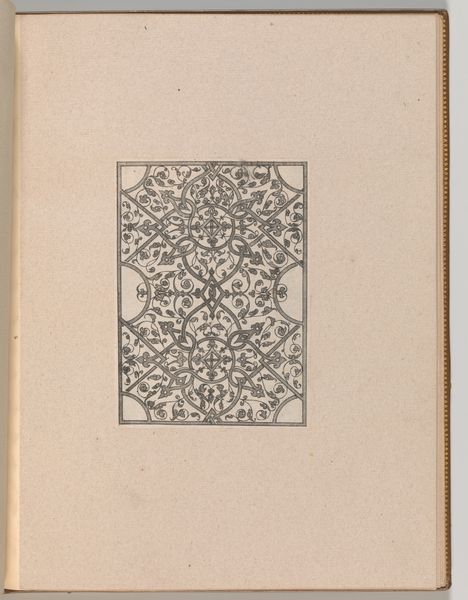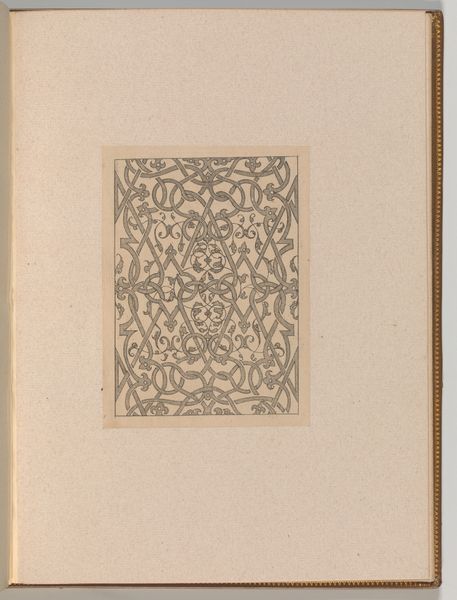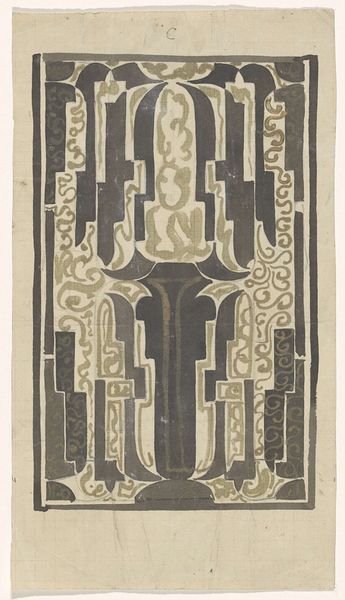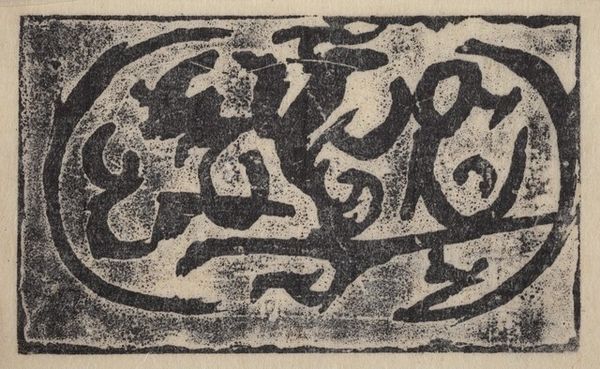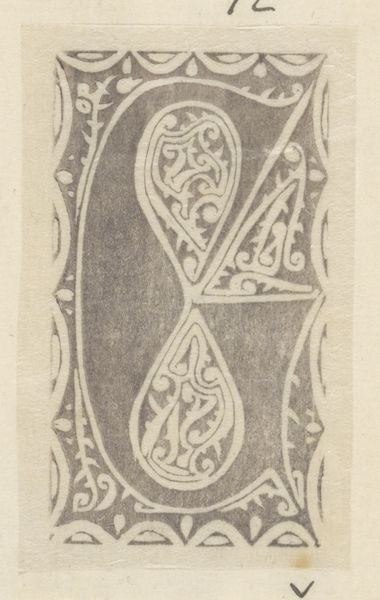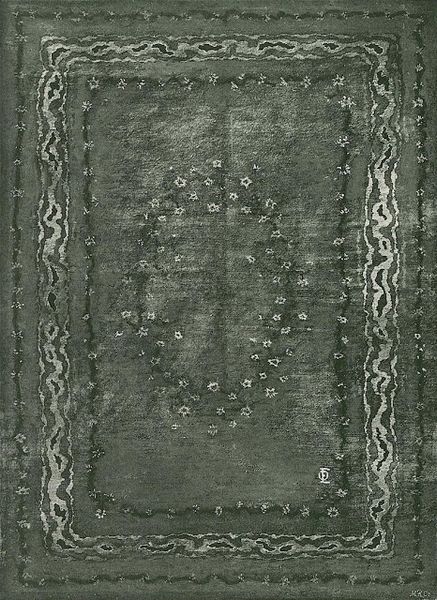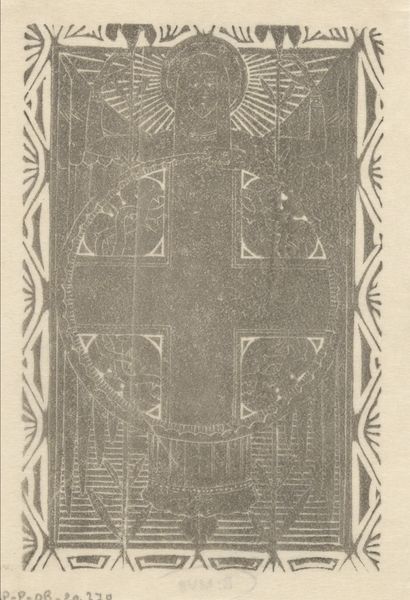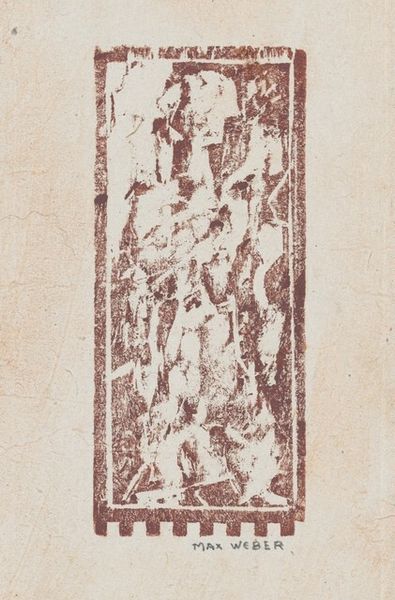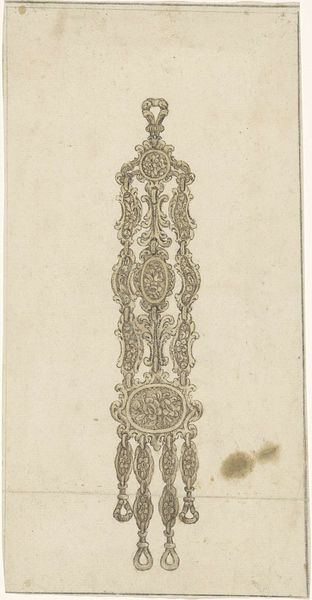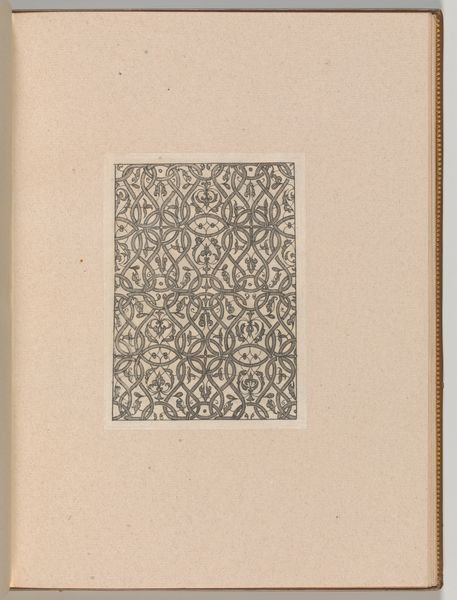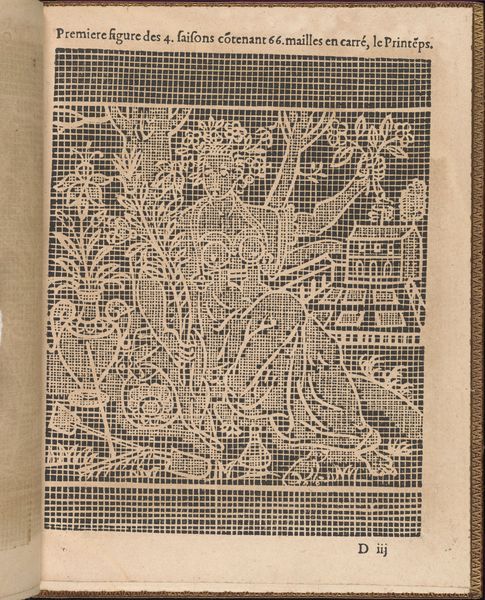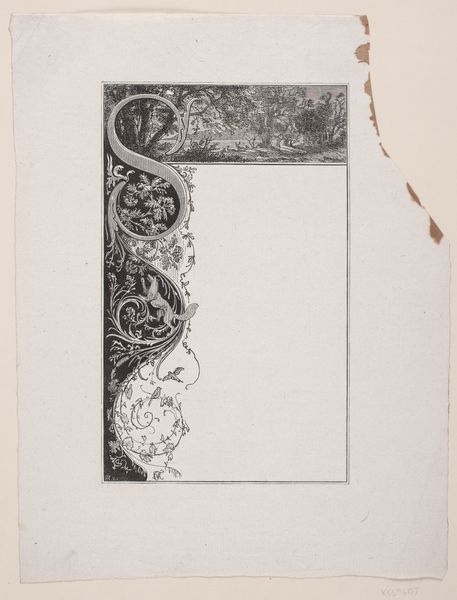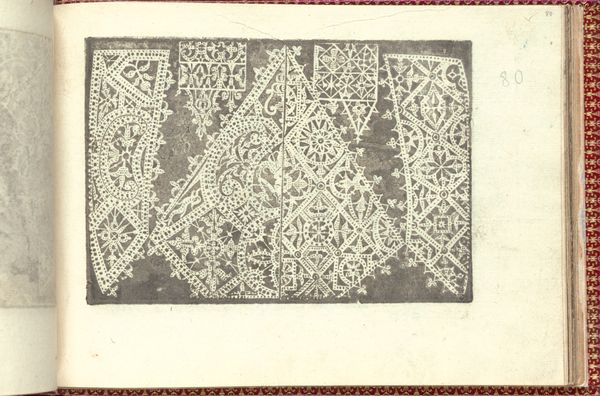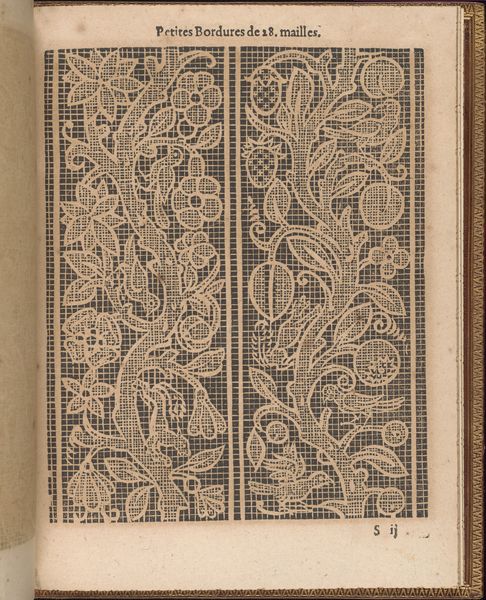
drawing, paper, ink
#
drawing
#
paper
#
ink
#
islamic-art
#
miniature
#
calligraphy
Dimensions: H. 15 in. (38.1 cm) W. 9 1/2 in. (24.1 cm)
Copyright: Public Domain
Editor: Here we have a "Page of Calligraphy" dating from the late 16th to early 17th century, created by 'Abd al-Rahim using ink on paper. The script dances across the page, yet the composition feels quite formal. What should we make of this interplay, considering its place in society at the time? Curator: That’s a keen observation. We must consider calligraphy's high status in Islamic art and society. This wasn’t just writing; it was a visual expression of religious and cultural power. How does the surrounding ornamentation—those delicate floral and bird motifs—relate to the script itself? Editor: They seem to soften the impact of the writing somewhat, adding a layer of natural beauty. Curator: Precisely. Think about the patrons who commissioned such work: rulers, elites seeking to express their piety and sophistication. The miniature format itself dictated a close, intimate viewing experience. This piece becomes an assertion of identity within a particular social and intellectual milieu, wouldn't you say? And how might the use of line and space influence the readability or interpretation of the text itself? Editor: The placement of script certainly makes it look like it flows around those organic forms! It’s an interesting counterpoint to how I typically experience the written word in modern life. I mean, to see script elevated in that fashion is powerful. Curator: Yes. And understanding that historical context transforms our perception of the aesthetic choices made by 'Abd al-Rahim, enriching our interpretation. Now, does this spark any ideas about the function and cultural significance of calligraphy in the courts and among the elite of the era? Editor: It makes me think about how artistic traditions uphold a society's values. Thanks, I am definitely seeing the artistry in it, not just something pretty to look at.
Comments
No comments
Be the first to comment and join the conversation on the ultimate creative platform.
